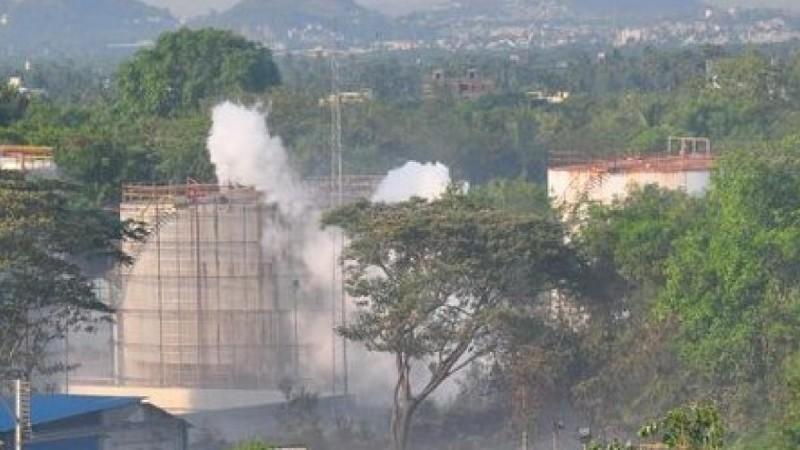An unfortunate incident in Visakhapatnam in Andhra Pradesh on Thursday struck terror in the lives of people and it wasn't about the deadly coronavirus. A poisonous gas leak from a styrene plant owned by LG, located about 15 km from the coastal city of Vizag, caused over ten deaths due to prolonged exposure to the gas.
The terrible incident was reminiscent of the 1984 Bhopal tragedy. But, in a matter of 24 hours, Indians were shocked to learn of two more industrial accidents, raising concerns over reopening of industries post lockdown without taking necessary precautions. As the Vizag incident shocked the nation, there was a spike in a web search on styrene gas. In this article, you'll learn everything from its properties to its effects on human body and most important do's and don'ts in case of exposure.
In a brief introduction to the compound, Styrene is a colourless, flammable liquid which is used to prepare polystyrene plastics, rubber and fibreglass. It is used in pipes, insulation, automobile parts etc.

Impact and Symptoms
Individuals can be exposed to styrene through ingestion, inhalation or contact. When exposed, common symptoms include irritation to eyes, nose and skin; gastrointestinal and respiratory effects. However, long term exposure may cause central nervous system and kidney-related problems, depression, headache etc. According to the department of health and human services in the US, styrene is listed as reasonably anticipated to be a human carcinogen.
First-aid help to anyone exposed to Styrene
If swallowed, it is strongly advised against inducing vomit. Instead, give large quantities of water. Never give anything by mouth to an unconscious person. If inhaled, remove to fresh air. If not breathing, give artificial respiration. If breathing is difficult, give oxygen. In case of contact, immediately flush eyes or skin with plenty of water for at least 15 minutes while removing contaminated clothing and shoes. Wash clothing before reuse and in all cases, get medical attention.

Do's and Don'ts and precautions
- Do not panic, evacuate calmly and quickly perpendicular to wind direction through the designated escape route.
- Keep a wet handkerchief or piece of cloth/ sari on face during evacuation.
- Keep the sick, elderly, weak, handicapped and other people who are unable to evacuate inside house and close all the doors and windows tightly.
- Do not consume the uncovered food/ water etc open to the air, drink only from a bottle.
- Change into fresh clothing after reaching a safe place/ shelter, and wash hands properly.
- Inform Fire & Emergency Services, police and medical services from a safe location by calling 101, 100 and 108 respectively.
- Listen to PA (Public Address) System of the plant/ factory, local radio/ TV channels for advice from district administration, fire, health, police and other concerned authorities.
- Provide correct and accurate information to a government official.
- Inform others on the occurrence of an event at public gathering places (like school, shopping centre, theatre etc.).
- Don't pay attention to the rumours and don't spread them.
- Do not smoke, light fire or spark in the identified hazardous area.
- Sensitize the community living near the industrial units and they should be more vigilant about the nature of industrial units and associated risks.
- Keep the contact numbers of nearest hazardous industry, fire station, police station, control room, health services and district control room, for emergency use.
- Avoid housing near the industries producing or processing the hazardous chemicals, if possible.
- Participate in all the capacity building programmes organized by the government/ voluntary organizations / industrial units.
- Take part in preparing a disaster management plan for the community and identify safe shelter along with safe and easy access routes.
- Prepare a family disaster management plan and explain it to all the family members.
- Make the family/ neighbours aware of the basic characteristics of various poisonous/ hazardous chemicals and the first aid required to treat them.
- An adequate number of personal protective equipment needs to be made available to deal with emergency situation.
- Prepare an emergency kit of items and essentials in the house, including medicines, documents and valuables.

















